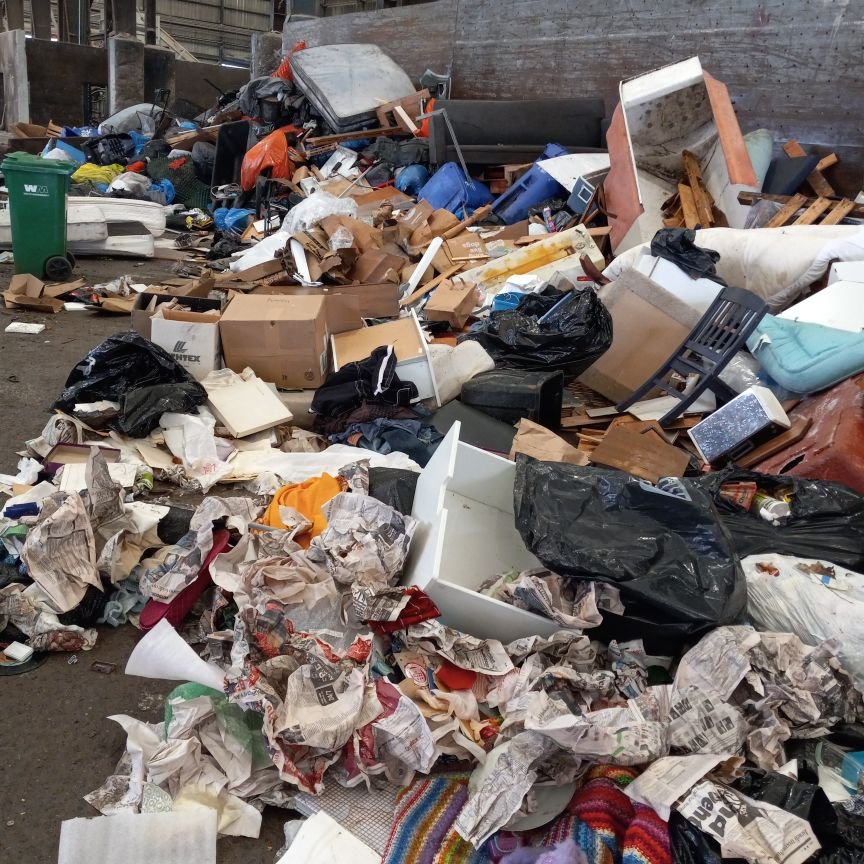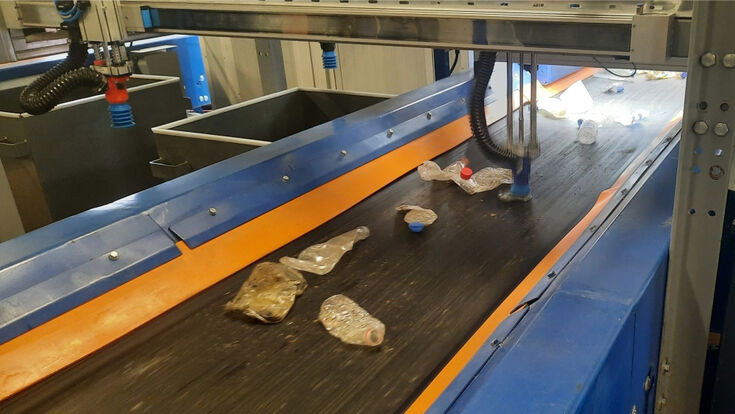Reclaim Waste Melbourne: Advanced Techniques for Efficient Liquid Waste Removal
Reclaim Waste Melbourne: Advanced Techniques for Efficient Liquid Waste Removal
Blog Article
The Essential Role of Proper Fluid Waste Elimination Strategies in Waste Monitoring
In the world of waste monitoring, the value of using proper liquid waste removal methods can not be overemphasized. The detailed internet of interconnected ecological, health and wellness, and safety considerations depends upon the reliable monitoring of fluid waste. From protecting our environments against contamination to upholding public health criteria, the appropriate disposal of liquid waste plays a critical role in keeping a healthy and lasting atmosphere. This critical role prolongs past mere waste elimination, affecting a wide range of sectors and facets of our lives. It is within this framework that the execution of audio liquid waste elimination techniques stands as a keystone of accountable waste management techniques.
Significance of Correct Liquid Waste Elimination
Why is proper liquid waste removal critical in keeping environmental and public health requirements? Appropriate fluid waste elimination is necessary for guarding the environment and upholding public health standards.
Environmental Benefits of Effective Techniques
Executing effective liquid waste removal techniques not only safeguards the environment but also plays an essential role in maintaining public health standards. By utilizing correct strategies, such as innovative filtering systems and accountable disposal techniques, the environmental benefits are substantial. Among the main advantages is the prevention of contamination of all-natural water resources. Incorrect disposal of liquid waste can lead to toxins permeating right into the soil and eventually getting to groundwater storage tanks, affecting both human health and ecosystems.
Furthermore, effective fluid waste removal strategies help minimize the risk of waterborne conditions. By making sure that damaging materials are not released right into water bodies, the spread of diseases brought on by contaminated water can be decreased. Additionally, correct waste management techniques add to the conservation of marine life. Hazardous chemicals in liquid waste can have damaging results on marine and freshwater organisms, interfering with ecosystems and biodiversity.
Wellness Implications of Inadequate Removal
The harmful health and wellness effects linked with inadequate liquid waste removal highlight the important relevance of correct disposal methods and effective management practices. Incorrect removal of liquid waste can bring about the contamination of water sources, positioning severe health and wellness dangers to both people and wild animals. When liquid waste consisting of dangerous chemicals, virus, or various other contaminants is not effectively eliminated and treated, it can leak into groundwater, rivers, and oceans, compromising the top quality of alcohol consumption water and marine environments.
Direct exposure to polluted water due to inadequate fluid waste elimination can lead to various illness, consisting of stomach health problems, skin infections, breathing issues, and much more serious conditions such as body organ damages or neurological conditions. Additionally, the launch of without treatment liquid waste right into the setting can add to the spread of waterborne diseases, developing public health and wellness crises that call for considerable resources to resolve.
As a result, executing correct liquid waste removal strategies is necessary to safeguarding public wellness and protecting the integrity of environments. Reclaim Waste liquid waste removal. By prioritizing reliable waste administration practices, we can alleviate the health risks related to inadequate fluid waste removal and promote a much healthier atmosphere for all
Duty in Avoiding Water Contamination
Efficient liquid waste elimination methods play an essential duty in stopping water contamination and protecting public health. Incorrect disposal of liquid waste, such as unattended sewage or commercial effluents, can result in the contamination of water resources, positioning serious dangers to human health and the atmosphere. When liquid waste is not effectively removed and dealt with, hazardous materials can seep right into groundwater, rivers, and oceans, polluting alcohol consumption water supplies and marine communities.
Polluted water can lug a variety of pollutants, consisting of virus, heavy steels, and chemicals, that have the potential to trigger waterborne conditions, environmental damages, and long-lasting wellness results in humans and wildlife. Appropriate fluid waste removal strategies, such as wastewater therapy plants, septic systems, and industrial effluent therapy centers, are important for getting rid of or neutralizing hazardous pollutants prior to they can get in water bodies.
Guaranteeing Safe Disposal Practices
Making certain correct disposal methods for liquid waste is vital to safeguard water sources and public health from contamination threats. Appropriate containment and storage of fluid waste are vital visit this site right here to stop leaks or spills that could permeate right into the soil and contaminate groundwater resources.

Verdict
To conclude, correct liquid waste removal techniques play a crucial role in waste monitoring by stopping environmental contamination and protecting public health. Reliable elimination methods ensure the secure disposal of liquid waste, minimizing the adverse effect on communities and water sources. It is imperative for people and markets to adopt liable methods to mitigate the unsafe impacts of improper fluid waste disposal.
In the realm of waste monitoring, the importance of using proper liquid waste elimination methods can not be overemphasized. It is within this framework that the execution of sound fluid waste elimination methods stands as Check Out Your URL a keystone of accountable waste monitoring methods.

Report this page